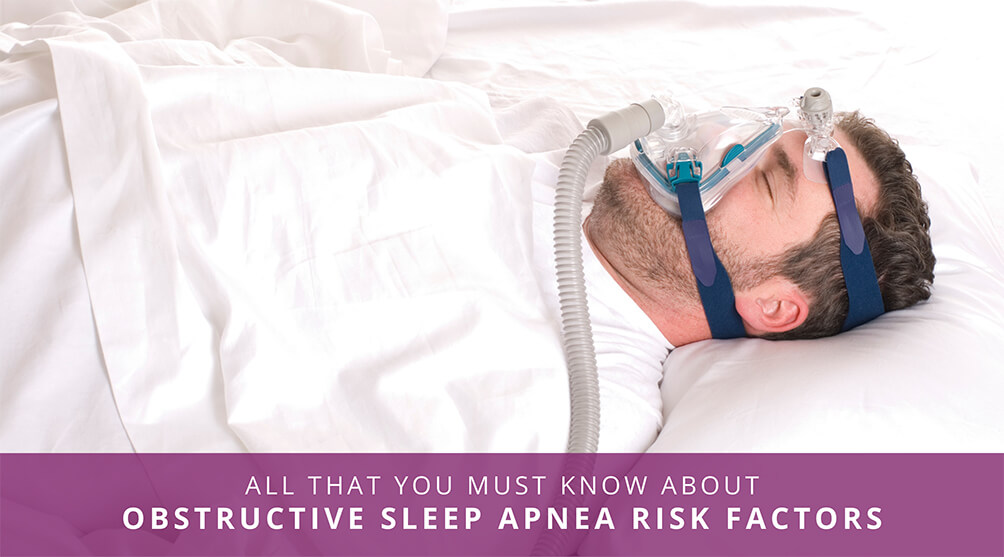All That You Must Know About Obstructive Sleep Apnea Risk Factors
Obstructive sleep apnea is a sleep disorder that occurs when a patient’s upper airway keeps collapsing repetitively while they are asleep. In order to learn more about obstructive sleep apnea risk factors and obstructive sleep apnea treatment, reach out to us at Richardsons Dental and Craniofacial Hospital. Our team will receive all the information you need regarding obstructive sleep apnea surgery and obstructive sleep apnea surgery cost. An obstructive sleep apnea specialist will be assigned to you to treat your condition effectively and efficiently.
Risk Factors
There are certain identified risk factors associated with obstructive sleep apnea, namely age, sex, and body mass index (BMI). The chances of a person getting afflicted with obstructive sleep apnea amplify as he ages, and it remains so till the age of 60 or 70, which is when there is a levelling out of the risk involved. Men are often at a higher risk of developing obstructive sleep apnea. Among women, the risk factor increases when they are perimenopausal or postmenopausal.
BMI measures an individual’s body fat depending on their height and weight, and the possibility of a person developing obstructive sleep apnea increases as their BMI goes up. A few physical features also amplify the chances of someone getting afflicted with obstructive sleep apnea, such as large tonsils, a tongue enlarged at the base, the size of a neck being bigger than 17 inches, excess fat around the throat, and a small lower jaw or one that is positioned farther back.

Certain other risk factors are currently being evaluated and studied to determine if they could increase the risk of obstructive sleep apnea. The first of these factors is smoking cigarettes. Smoking could increase the chances of obstructive sleep apnea by three times as compared to someone who doesn’t smoke or has quit smoking. Family history is the second factor, stating that if you’re the immediate relative of someone suffering from obstructive sleep apnea, you are twice as susceptible to the condition. The third factor is nasal congestion, which can be caused due to sinus infections, colds, or the flu.
How to Diagnose Obstructive Sleep Apnea?
In order to diagnose obstructive sleep apnea, a doctor first jots down the patient’s symptoms and collects their medical history before proceeding to conduct a physical examination and referring them for a diagnostic sleep study. Doctors could ask questions about risk factors along with daytime and nighttime symptoms while collecting a patient’s medical history.
The physical exam gets conducted to check for the presence of physical features that could increase the chances of obstructive sleep apnea, obesity, signs of the various health complications linked with obstructive sleep apnea, and the patient’s waist and neck size.
Through a sleep study, a doctor can diagnose obstructive sleep apnea and measure how severe the breathing disruptions are. A sleep study, which is also known as polysomnography, requires the patient to stay at a specialized sleep laboratory overnight, with the laboratory either being located at a hospital or sleep center. It can also be done at home using a portable sleep monitor.

